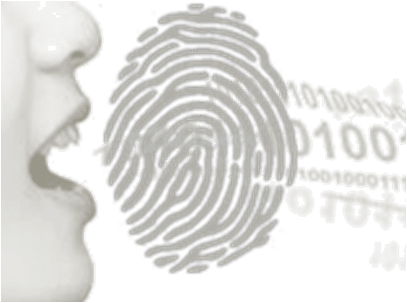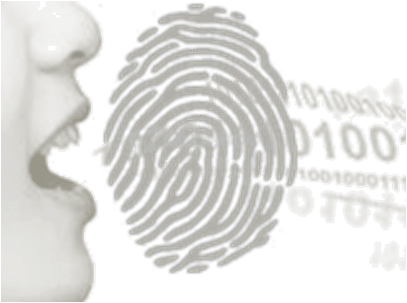The end of privacy in the United States was brought about as much by technology as intention. Those who claim there is little new here — the government read the mail of and wiretapped the calls and conversations of Americans under COINTELPRO from 1956 to at least 1971, for example — do not fully understand the impact of technology.
Size Matters
The spying and compiling of information on innocent Americans by J. Edgar Hoover’s low-tech FBI is well-known; files, recordings and photos secretly obtained exposed the lives of civil rights leaders, popular musicians and antiwar protesters. You will likely think of additional examples, or they’ll be in the next batch of Snowden documents.
Technology now being employed by the NSA and others inside the US has never before existed, in scale, scope or sheer efficiency. Size matters. We are the first people in history to deal with this kind of threat to privacy. Avoiding even the majority of encroaching digitalization essentially means withdrawing from society.
Voiceprints
The financial services company where I maintain my meager investments recently added a new feature. When I access my account via smartphone, instead of typing in a password that can be guessed, or stolen, I have the option of creating a voiceprint ID. I speak a specific phrase, which is broken down digitally and stored by the company. When I want to access my account, I simply repeat the phrase, as the parameters of one’s voice are as unique as a fingerprint. The company compares my speech to the stored example and if they match, I’m in.
“We’ve done a lot of testing, and looked at siblings, even twins,” said one voiceprint analyst. “Even people with colds, we looked at that.” The results are clear: Your voice is another biometric, the same as DNA, finger and hand prints, iris patterns, facial recognition and the like. Voiceprinting is the technology employed when the media reports that the CIA has “authenticated” the latest pronouncement from the latest celebrity terrorist.
But unlike those metrics, which require some level of contact, presence or connection between you and the collector of the data, voices can be accessed remotely from anywhere in the world, fully without your knowledge. Make a phone call, have a conversation with someone, use Skype or shout out the window and you can be collected. Your identity can be stored and compared to other instances when you make a phone call, have a conversation with someone, use Skype or shout out the window.
It doesn’t matter at that point whether you use a stranger’s throw-away burner phone purchased with cash from a street corner in Istanbul to leave an anonymous tip on a fraud hotline. Or blowing the whistle on government malfeasance to a journalist. Compares the speech to the stored example and if they match, you’re in. Or maybe out.
Here, Now
The use of voiceprint technology is in regular use worldwide. The Associated Press reports the single largest known implementation is in Turkey, where a cell phone service provider has collected voiceprint data from 10 million customers. Never far behind on these matters, US law enforcement officials use the technology to monitor inmates calling from inside prisons and to track offenders on the outside who have been paroled. In New Zealand, the Internal Revenue Department claims one million voiceprints on file, what its revenue minister says is “the highest level of voice biometric enrollments per capita in the world.” In South Africa, seven million voiceprints have been collected by the country’s Social Security Agency, in part to verify that those claiming pensions are still alive. Worldwide it is estimated that some 65 million voiceprints are on file in corporate hands.
One can speculate further. In the United States, where the NSA boasts of “collecting it all,” it seems unlikely that “all” does not include voiceprints. Allow your inner conspiracy theorist a little room, and circuitry designed to collect and pass on voiceprints might be surreptitiously built into nearly every audio device out there, from Bluetooth to Mr. Microphone.
Off the Shelf
The technology of voiceprints is available off the shelf. You likely know one provider already, Nuance Communications. Among other things, they make the popular Dragon Speaking software that allows home computer users to convert the spoken words into text in a document.
The company is quite proud of its voiceprint technology; have a look at their web page. And hey, small world — Nuance also sells its own line of microphones and Bluetooth headsets.
There are many more companies selling voiceprint technology over-the-counter; here’s just one other as an example.
The New World Order
What can be accessed can be collected. What can be collected can be stored. What can be stored can be leaked, hacked, shared and used. What can be used, well, can be used. Now, next Sunday, be a nice son or daughter and call your mom to say hello. Just be sure to speak slowly and clearly.
Reprinted with permission from WeMeantWell.com.


